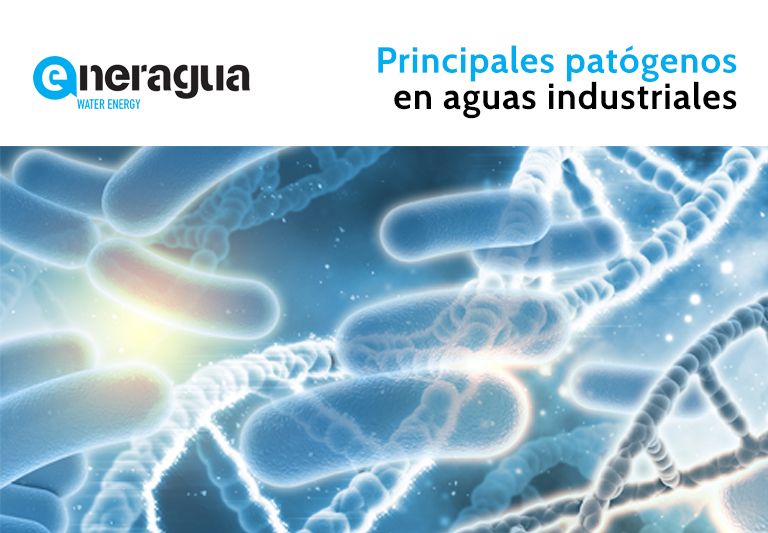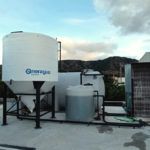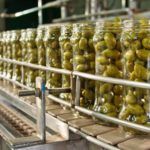
There are many potential pathogens that can appear in wastewater from industrial activities. In this article, we will briefly review the most important ones to classify and understand, as far as possible, their origins, main characteristics, and the impact they can have on industrial water before its treatment.
Biological Contamination Water is life, as we already know. Therefore, in addition to inorganic waste (which we will discuss later), there are numerous microorganisms present in water that can cause what is known as biological contamination. The presence of viruses, bacteria, and fungi in effluents can lead to the emergence and proliferation of algae, seriously hindering purification processes such as osmosis or ultrafiltration.
As mentioned, potential biological contaminants can be classified into three main groups:
Viruses: Viruses are infectious pathogenic microorganisms that self-replicate inside the cells they infect, growing and multiplying within them. They are composed of genes containing nucleic acids forming long DNA or RNA molecules surrounded by proteins.
Bacteria: Bacteria are prokaryotic microorganisms that can take multiple forms (cocci, bacilli, vibrios, spirilla, or spirochetes) and have a much more complex structural composition than viruses. Unlike viruses, bacteria do not need to infect cells to reproduce and have a high resistance to adverse conditions such as dryness, heat, humidity, etc. This resilience allows some of these bacteria to lodge and survive in industrial waters derived from ventilation systems, air conditioners, or heaters.
Fungi: Fungi are a group of eukaryotic organisms favored by humidity and aquatic environments. Some of them, such as molds, can be harmful to human health. Therefore, controlling their presence in industrial waters and their proper purification is especially important.
Inorganic Contamination The main contaminants of industrial waters have an inorganic chemical origin. Industrial processes, by their nature, are a source of generation of contaminants, mostly produced as by-products of the processes themselves. Some of these processes include:
- Metallurgical industry
- Chemical industry
- Ventilation or cooling systems
- Machinery and workshops
- Nuclear power plants
Next, let’s explore the main inorganic contaminants in industrial wastewater.
Heavy Metals: Heavy metals such as mercury, cadmium, nickel, or lead are highly toxic and polluting elements. These metals usually appear in waters derived from activities such as mining, surface treatment, or the metallurgical industry.
Acids and Salts: One of the main objectives of industrial water treatment processes is to neutralize the water’s pH and eliminate salts to control acidity, converting it into water that can even be potable and suitable for human consumption. Processes such as ultrafiltration or electrodialysis (ED) are particularly useful for this.
Oils and Hydrocarbons: The use of heavy machinery and industries such as the automotive industry is the main source of oily inorganic waste and hydrocarbons in industrial waters. The high density of this type of inorganic waste can cause blockages and obstructions in facilities, resulting in a significant economic impact.
These are some of the main organic and inorganic contaminants that can be found in industrial wastewater. At Eneragua, we aim to raise awareness of the importance of proper treatment of these contaminants. Our health depends on it.






